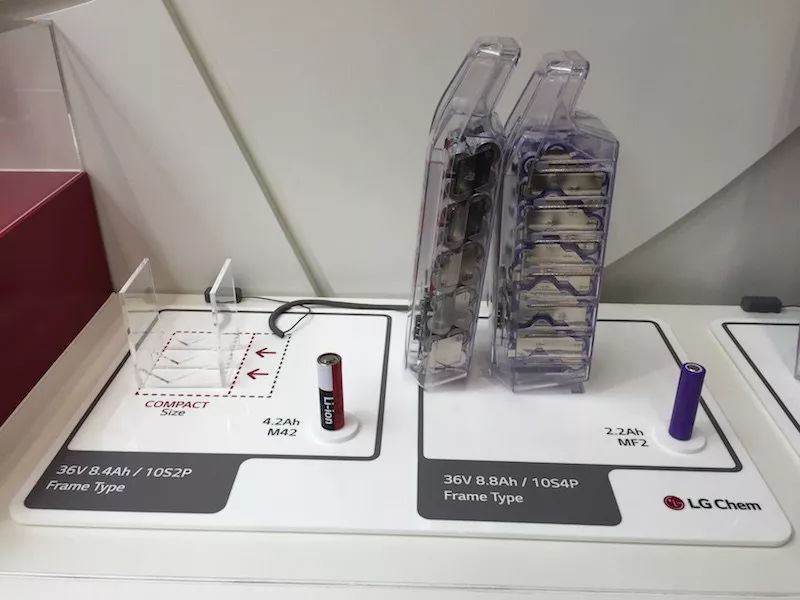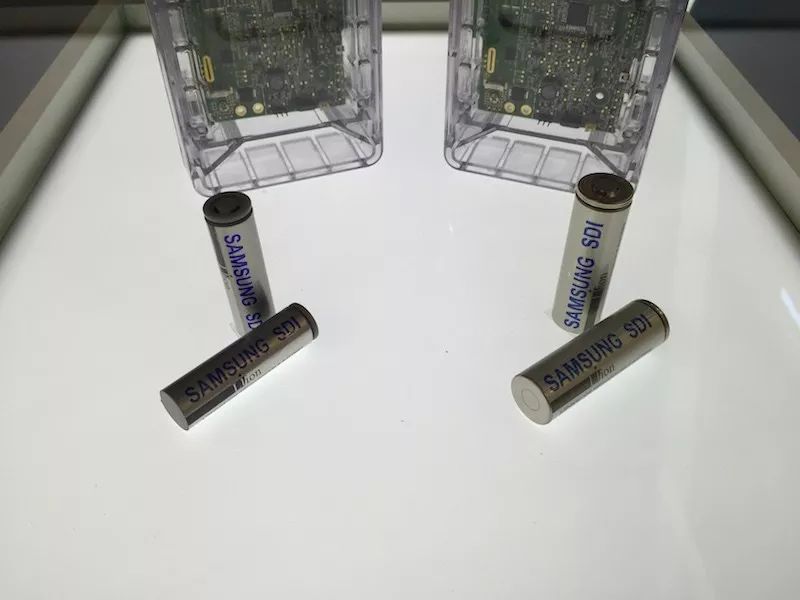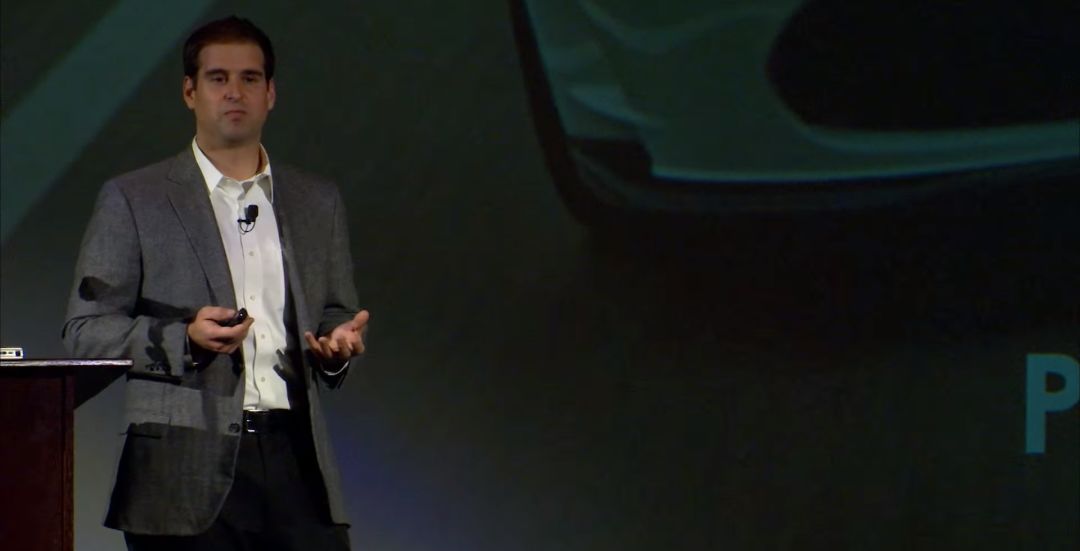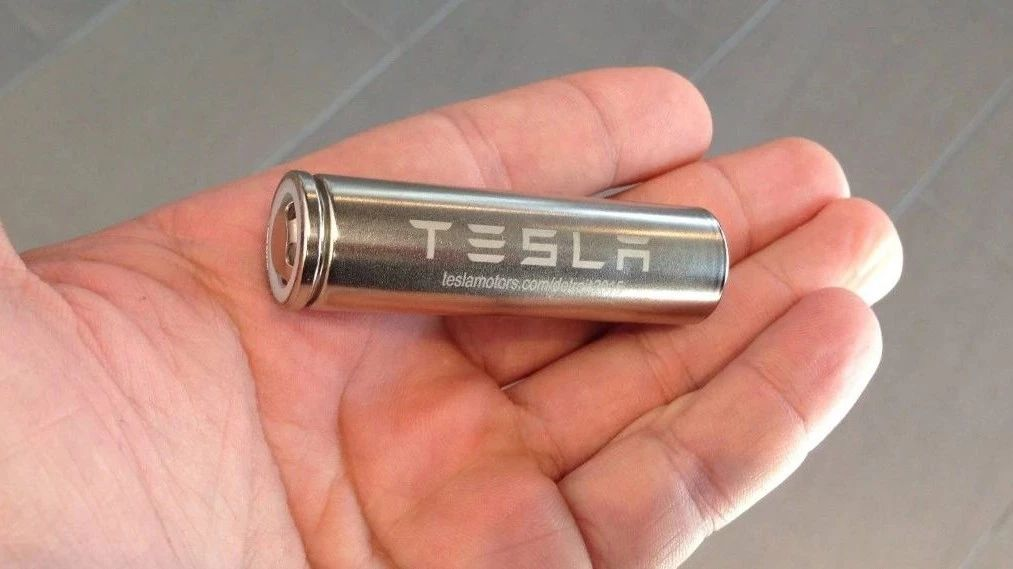Tesla’s Model 3 Battery Pack: How Big Is It?
Tesla’s team designed a new battery pack specification for Model 3 based on the 2170 battery. Recently, there have been increasing numbers of disassembly videos of Model 3 both at home and abroad, which have deepened our understanding of the car’s battery pack. However, there are still many mysteries waiting to be solved, such as the design and layout of the Standard Battery pack for Model 3. This article summarizes the existing information for your enjoyment.
What Is the Capacity of Tesla’s Model 3 Battery Pack?
Tesla’s naming convention for its previous car models was straightforward. For example, in the Model S P100D, “P” stands for Performance, “100” represents the battery pack capacity of 100 kWh, and “D” stands for Dual Motor. However, the Model 3 only has two ambiguous battery pack specifications: the Standard Battery and the Long Range Battery.
At one point, I thought that the capacity of the Model 3’s Long Range Battery pack was 75 kWh. However, environmental protection agency (EPA) documents from the US revealed that the total voltage of the Long Range model is 350 V, and that the battery capacity is 230 Ah. This calculation shows that the battery pack capacity actually reached 80.5 kWh.
After the document was exposed online, Tesla did not comment on the authenticity of the 80.5 kWh battery pack capacity, but only emphasized that “the available capacity is 78 kWh.” This means that if you follow the previous naming convention, the single electric motor Long Range version of Model 3 delivered so far should be called Model 3 78.
(It looks strange, so it seems that the new naming convention is better.)
I once thought that the Long Range Battery pack capacity was 75 kWh, because of this person’s claim:
(Insert the image here) [ignore the wild guy who wants a Model 3 P100D]This Twitter message was posted on March 24, 2017, but the actual battery specification of 78 kWh was revealed in early August. It is possible that after the Twitter post, Elon continued to put pressure on the engineering team, and made a miracle happen at the last moment before mass production by adding several extra charges into the battery; however, I prefer to believe that Elon avoided impacting the sales of Model S 75D and being criticized by Model S 75D owners by reducing the battery capacity of Model 3 proactively.
Tesla has done this kind of thing before. For example, the EPA range of Model S 100D is 341 miles (approximately 549 kilometers), while the official website’s data is 335 miles (approximately 539 kilometers); the EPA range of Model 3 Long Range is 334 miles (approximately 537 kilometers), while the official website’s data is 310 miles (approximately 499 kilometers).
Tesla did not explain why it repeatedly lowered the range in its promotion. Perhaps it thought that the EPA driving cycle was not too severe and it was difficult to simulate the real driving energy consumption?
Regarding the 78 kWh and 80.5 kWh, auto manufacturers will equip a battery pack with a higher specification than advertised and limit a smaller available capacity through software to avoid damage from overcharging or overdischarging the battery. For example, the actual specification of the Model S P100D is 102.4 kWh, and the available capacity is 98.4 kWh. This is actually a common practice in the industry.
Regarding the 2170 battery, there has always been a vague statement that it has a 30% energy density improvement over 18650.
After establishing the 80.5 kWh specification and other details, we can directly calculate it. An avid electric vehicle enthusiast in the United States, Jack Rickard, disassembled the Model 3 battery pack and showed that the Long Range version has a total of four modules, with two having 25 units and two having 23 units, each unit having 46 battery cells, totaling 2 × (25+23) × 46 = 4416 battery cells.If calculated based on the voltage of 3.6 V per 2170 battery, the capacity of each battery is 80.5 kWh / 3.6 V ÷ 4416 = 5063 mAh.
Continuing with the energy density calculation, the breakdown data from BOCI shows that the weight of a single Tesla 2170 battery is 68 g. Therefore, the energy density of Tesla 2170 is 80.5 x 1000 / 4416 x 0.068 = 268 Wh/kg.
In fact, 2170 batteries are not new. LG Chem had already mass-produced 2170 batteries in 2015, but the single capacity was only 4200 mAh, so we won’t discuss the huge difference.
(LG Chem had expected to mass-produce a 4800 mAh version in mid-2017 but there has been no news so far.)

Samsung SDI also mass-produced 2170 batteries used in electric bicycles, with a single capacity of 4750 mAh and a single weight of 75 g. Therefore, the energy density is 4.75 x 3.6 / 0.075=228 Wh/kg.

It should be noted that the 2170 specification on Wikipedia specifies a single typical capacity between 4200 and 4800 mAh. In other words, the products of LG Chem and Samsung SDI meet the definition of the specification. Only the performance of Tesla’s 2170 battery exceeds the specification and no one has changed it.
How did Tesla fit an 80.5 kWh battery into the Model 3 body?
The Model 3 has a 85 mm shorter wheelbase and 99 mm narrower body compared to the Model S, but it still manages to fit an 80.5 kWh battery pack. The higher energy density of the 2170 battery is one of the main reasons for this engineering challenge, in addition to the tremendous efforts made by Tesla’s engineering team.
Last year, Elon tweeted, “I noticed that many people think that the Model 3 is Tesla’s next-generation model, just like the iPhone 2 and 3, but it’s not.”
Why do so many people believe that the Model 3 is Tesla’s next generation car? Who leaked the information? Elon, I have found the culprit who leaked the information: Tesla CTO JB Straubel. In October 2015, Straubel revealed a lot of information about the Model 3 during a speech at the University of Nevada.

Straubel said that since the Model X achieved production ramp-up and mass delivery in September 2015, most members of Tesla’s engineering and R&D teams have stopped working on the Model S/X projects and have instead focused on developing all the new technologies that will be applied in the design and invention of the Model 3.
Here comes the important part: Straubel personally said that the Model 3 is based on a brand-new platform, which Tesla internally refers to as the third-generation platform (Third generation). The Roadster is based on the first-generation platform, while the Model S/X belong to the second-generation platform.
“Regardless of whether it performs better or worse, most of the technologies on the Model 3 are applied for the first time. There are many new things to develop, including a brand-new platform, a brand-new battery architecture, a brand-new powertrain, and a brand-new body architecture…We have a lot of work to do, some of which we have been pushing forward several years ago. The Model 3 is the core focus of internal research and development and engineering investment.”
Now that the groundwork is laid, we can talk about the battery part. On August 23, 2016, Tesla announced the official production of the Model S P100D, which had significant significance for verifying the battery pack technology of the Model 3.
After the Model S P100D was released, Elon held a media conference call specifically to evaluate the battery pack technology of this car, which he praised as being “very close to the theoretical limit.” He told the media that all P100D owners have provided support for the development of the Model 3 because the P100D has helped Tesla to have a deeper understanding of the new battery pack architecture.> People usually confuse battery with battery pack, thinking they are the same thing. However, once you need to arrange many batteries in a battery pack, the technical complexity will largely depend on the design level of battery cells/modules. You can simply regard the battery problem as a chemical and engineering problem, but the module/pack problem is more of a mechanical, electrical, and software engineering problem.
Relative to the 90D, the significant improvements of the P100D battery pack are at the module/pack level. Elon said that the energy density of the 18650 battery cells in both cars is consistent, but the module and battery pack architecture have been greatly improved. From the data, the P100D’s battery capacity has increased by 11% compared to the 90D, with a weight increase of only 4%, and the volume has not changed at all.
(By the way, because the volume specifications have not changed, Tesla also launched a battery replacement and upgrade service for 90D owners to improve their range. However, the price is as high as $20,000 (including recycling the old battery pack), and it is unknown how many owners have upgraded.)
Straubel said that the module and packaging technology of the P100D have undergone significant improvements, and there is a completely redesigned cooling system. Tesla has been dedicated to improving battery pack design over the years. The P100D battery pack is a next-generation version, and some key technologies of the new battery pack will be applied to the Model 3 battery pack.
According to industry insider Zhu Yulong, one feature of the Model 3 battery pack is its high degree of integration, with the DC-DC converter, charger, and distribution relay all integrated together. Jack Rickard also mentioned after disassembly that the high integration greatly reduces the total wiring length of the battery pack. Elon previously stated that the total length of the Model S wiring harness was 3 kilometers, while the Model 3 only has 1.5 kilometers. Now you know where the reduction comes from, don’t you?
Don’t underestimate the impact of wire harness weight loss. The wire harness of a car weighs several tens of kilograms, and cutting it in half is still very meaningful for car lightweighting and battery pack energy density improvement.According to Jack Rickard’s calculations, the Model 3 battery is 15% lighter than the Model S 85D and 6% lighter than the P100D, in terms of kWh. This conclusion not only confirms the improvement of the Model 3 battery, but also establishes that the P100D and the Model 3 use the same generation of battery technology.
Finally, Elon said that the line harness of the Model Y is only 100 meters long. What surprises will the Model Y battery hold……
Why Is Tesla Cleaning Up Its Suppliers?
How to View the Self-Driving Arms Race Stirred Up By Waymo and General Motors?“`

“`
This article is a translation by ChatGPT of a Chinese report from 42HOW. If you have any questions about it, please email bd@42how.com.
